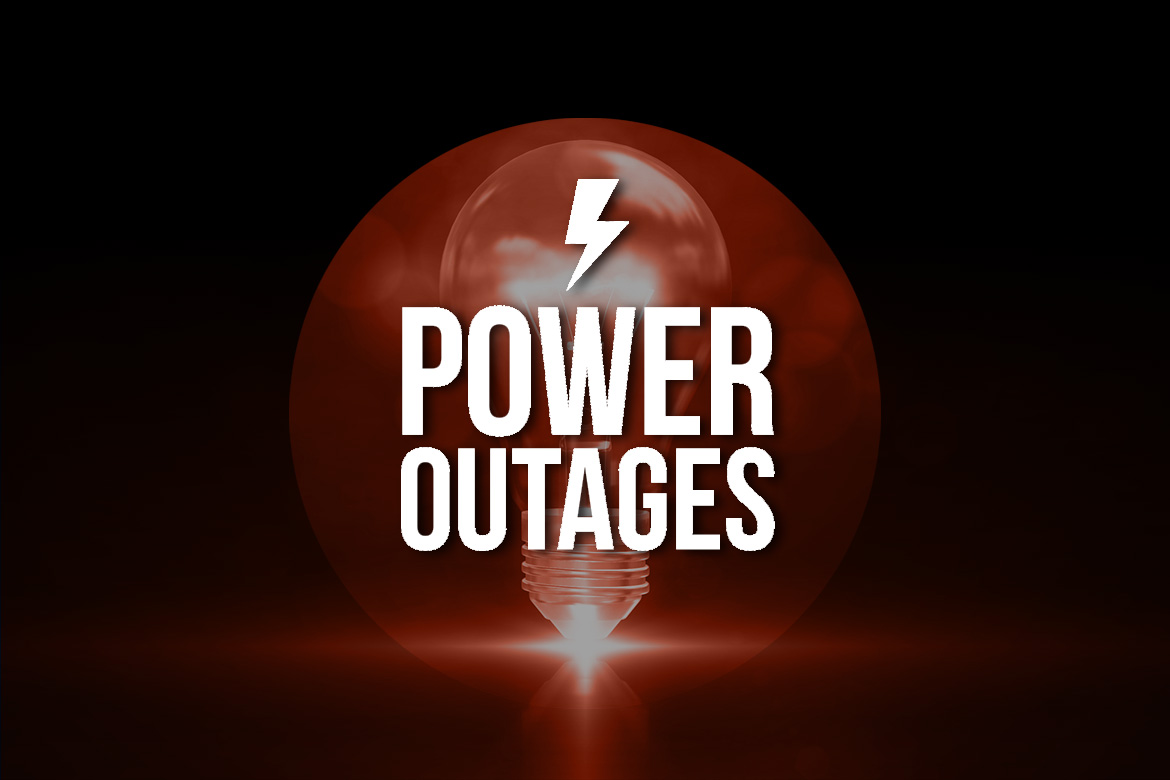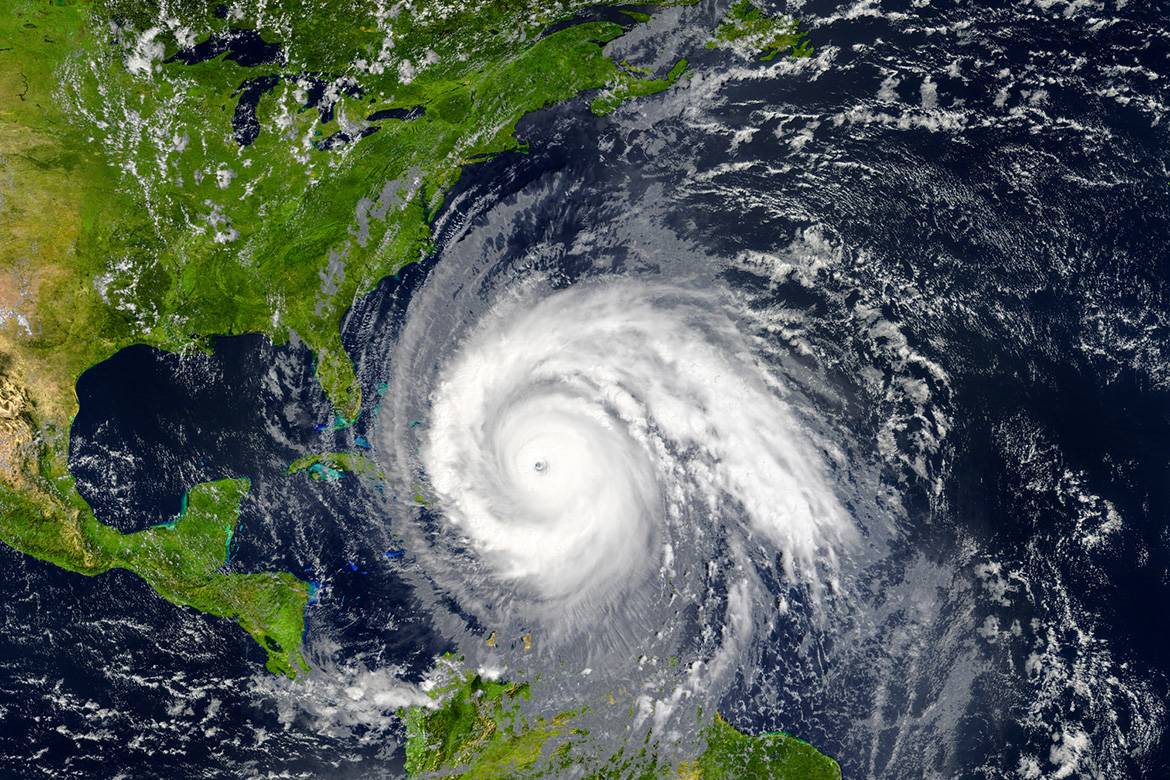For immediate publication FISHERS ISLAND UTILITY COMPANY, INC. Monday, July 29, 2024 Dear Fishers Island Community: I understand that Rich Foyle is circulating a petition which includes statements about the Utility Company’s sale of a Company lot to Elizabeth and Phil Shannon. To avoid any misunderstandings, I would like to make it clear that the
May 1, 2024 the Fishers Island Electric Company filed with the New York State Public Service (NYSDPS) commission a “Minor Rate Filing of Fishers Island Electric Corporation to Increase Its Annual Revenues by about $300,000 or 12.59%”. If approved, the proposed fee structure would to go into effect October 1, 2024. Fishers Island: PSC seeks
NYSPSC seeks comment on Fishers Island Water Works petition to establish a surcharge for recovering the costs of a water main installation on The Gloaming. Comments are due June 24. The Title of Matter/Case: Petition of Fishers Island Water Works Corporation to Establish a Surcharge to Recover Cost of Line Upgrade Off of The Gloaming.
Press release: For immediate release Fishers Island Electric Corporation Solar Economics By Tom Siebens, Director September 28, 2023 Context Fishers Island Electric Corporation (“FIEC”)* has recently made a filing with the New York Public Service Commission (the “PSC”) as required to allow FIEC to interconnect with the island’s electricity distribution network a rooftop solar facility
FIUC crews will be ready in the event of a power outage. We will do our best to restore power as soon as possible while keeping our employees safe.
CodeRED Notice: Sign up today to receive weather disturbance forecasts, emergency information and other important news immediately.
Restoring Middle Farms Pond FISHERS ISLAND WATER WORKS CORPORATION October 22, 2017 Middle Farms Pond has become contaminated with elevated levels of nitrates, turbidity, bacteria and algae. Although the causes are not yet clear, human activities, including potential septic leeching and fertilizer run-off, as well as boating, fishing and swimming are all potential contributing factors.
Securing the fresh water supply for our Fishers Island community is our primary mission and responsibility.








